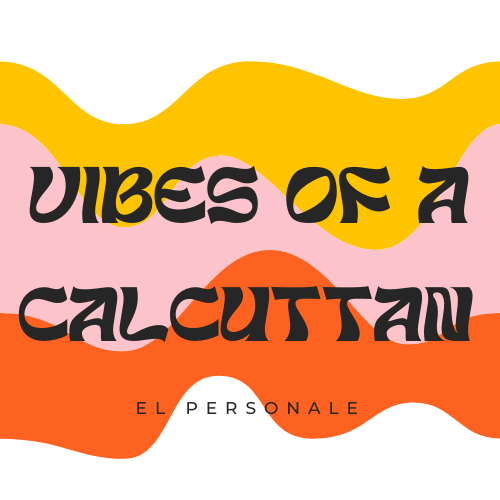It is often said, half-jokingly, while others eat to live, the Bengalis live to eat. While I won’t go into the detailed recipe, Shukto deserves praise in our culture as the most famous dish which screams Bong identity. All Bengali rituals and festivities end up with one thing, hearty feasts involving an astonishing number of intricately prepared dishes, the key starter being usually the Shukto (শুক্তো). I am sure you will find many cooking websites with variations of the making process of Shukto. I can only serve to inform you of the history and sentiment behind our attachment to this appetizer.

Although I am aware of a few ingredients of Shukto: Bitter Gourd (করলা), Eggplant (বেগুন), Green Banana (কাঁচা কলা), Potato (আলু), Sweet potato (মিষ্টি আলু), Drumsticks (সজনে ডাঁটা), White radish (মূলা), Hyacinth/Flat Beans (শিম).

It is a vegetarian dish
It might be surprising, but many Bengali dishes are pure vegetarian. Shukto is a manifestation of that truth. It is the version of “Mixed Veg” in other states of India. The dish is made primarily by boiling the vegetables and then cooking in marination of ginger and poppy paste, mustard oil, and paanch phoron (Bengali five spices). Sounds simple, yet the result is heavenly, served with hot white rice during the afternoon, especially during summer. While I have had this dish as an appetizer since childhood, I didn’t know that a lot of talent goes behind making this simple dish. Kudos to all the chefs out there who make this perfect.

Bittersweet experience for any occasion
Shukto was historically consumed in the hot and humid climates of the ancient kingdoms of undivided Bengal since it acted as a cooling agent in our gastrointestinal system. The bitter gourd and other vegetables used in Shukto are considered to have immense medicinal value since the 10th century in Bengali history, and more pronounced during the literature of the Bhakti movement (which gave rise to ISKON temples). That Bengal, the land of sweets, can have a bitter-tasting delicacy, is hard to grasp at first, and the reality is really strange. The dish also does not use any form of chili, a usual requirement for Bengali food. Yet Bengalis NEED to have Shukto during any festivities or occasions like Pujo, Birthday, Marriage, Annaprashan, and Paite. The creamy gravy of Shukto at the beginning of a hearty meal is said to cleanse the palate for a gastronomic adventure that comes later on in the 5 to 7-course menu.

Mentioned in medieval Bengali literature
Some old theories claimed that since it is a bitter dish, it might have been brought in by Portuguese traders in the early 16th century. But that is far from the truth. Shukto is mentioned in Mangal-Kāvya, where Lord Shiva requests the goddess of plenty, Annapurna, to cook Shukto. Mangal-Kāvya notably consists of a group of narratives of indigenous deities in rural Bengal during the Middle Ages, between the 13th and 18th centuries AD. Here, the native deities are often depicted with unusually strong human qualities and they sometimes engage in direct interaction with humans, sometimes in the form of local food cultures. Śrī Caitanya-bhāgavata, or biographies of Sri Chaitanya, have also mentioned Shukto, which debunks the colonial myth of its origin from the distant shores of Portugal. Shukto is also one of the very few Bengali dishes that find mention in old folk songs and related myths.


Recipe
https://indianculture.gov.in/food-and-culture/timeless-recipes/shuktoshuktoni/

I hope my friends here have got a glimpse of one of my favorite dishes and gained a perspective of something besides the sweet and fishy cuisine of Bengal. I hope to bring many more food tidbits on my blog and your support means a whole lot! Keep watching this space for more!

